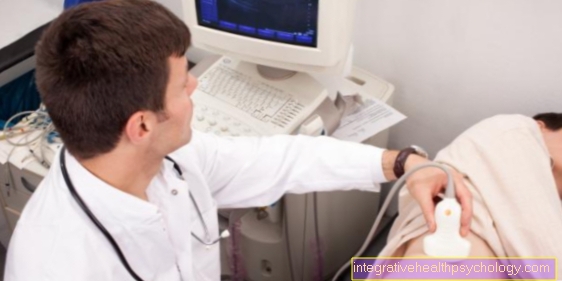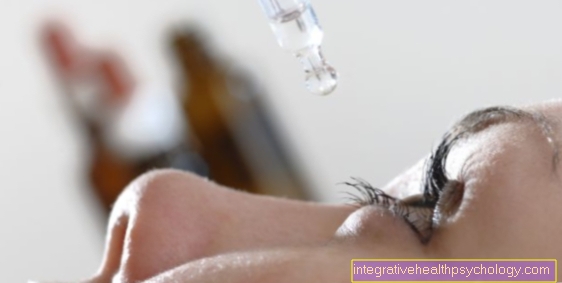Adie syndrome
Synonyms
Adie pupil, Adie syndrome, Holmes-Adie syndrome, pupillotonia

How common is Adie syndrome?
In 80% of the cases, the disease occurs on one side; in the further course, bilateral expression is possible.
The very rare disease is observed much more frequently in women than in men and occurs annually in around 4.7 cases per 100,000 inhabitants.
Recognizing Adie Syndrome
Living with Adie Syndrome.
By definition, a one-sided onset is typical in Adie syndrome. A large, oval and usually irregularly shaped pupil is found. There is segmental paralysis of the spontaneous iris movements and a delayed reaction to near vision (delayed pupillary dilation).
The focus while reading is impaired and there are no light and muscle reflexes of the eye.
Patients with Adie syndrome often complain of acute sensitivity to light and impaired vision when reading. Occasionally they then observe the pupil differences in themselves.
How is Adie Syndrome diagnosed?
The diagnosis of Adie syndrome is usually made by chance during a medical examination. In addition, the legs' own reflexes can be completely absent, which is attributed to reduced monosynaptic interconnection.
In Adie syndrome, the pupil is medium to wide and reacts to long exposure with a time delay with slow, tonic narrowing.Often a good reaction to the post-fixation can be observed, however, in acute cases, the close-up can also be slow, so that the visual acuity is improved as the close-up increases.
The inadequate ability to constrict the pupil results in a loss of depth of field. When looking into the distance, the time it takes for the pupil to dilate again is classically extended in Adie syndrome.
From a pharmacodynamic point of view, Adie syndrome becomes clear when 0.1% pilocarpine drops are applied locally. This significantly narrows the affected pupil, but the pupil of the other eye hardly reacts. The pilocarpine test is particularly helpful in diagnosing acute pupillotonia, in which there is no light or close-up reaction, because it clearly shows the presence of Adie syndrome.
Which diseases have the same symptoms?
As an alternative to Adie syndrome, there may be damage to the short ciliary nerves from trauma or surgery, which must be clarified based on anamnestic.
The cause of most cases of Adie syndrome is unclear.
Occurrence in temporal connection with systemic diseases such as varicella zoster virus diseases, cranial arteritis, syphilis and borreliosis has been observed. Even during the presence of lung cancer (Bronchial carcinoma) and Hodgkin's lymphoma, Adie syndrome has already occurred.
Treating Adie Syndrome
How is Adie Syndrome treated?
A neurological and ophthalmological (ophthalmological) assessment and pharmacodynamic test are important. In addition, the patient should be informed and, if necessary, carry an emergency ID card with him, which records the pupillary differences for later medical examinations and can thus possibly prevent misinterpretation (perioperative, head trauma, ...).
Adie syndrome is a harmless disorder of the pupillary reflex that does not require therapy.
Preventing Adie Syndrome
What are the causes of Adie Syndrome?
It is currently suspected that it is a question of damage to the motor Ia fibers, but the cause of Adie syndrome has not yet been precisely clarified.
An inflammatory process in the brain that is discussed as the cause of pupillotonia is conceivable. Herpes simplex disease is also a possible cause.

























.jpg)



